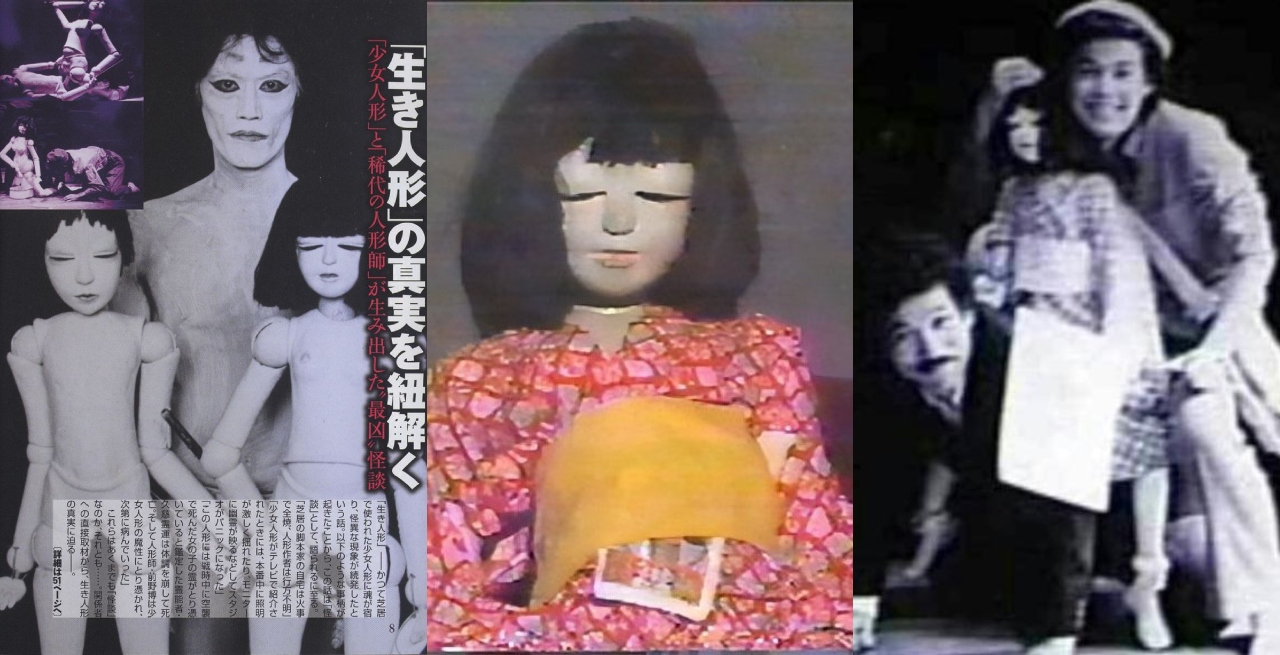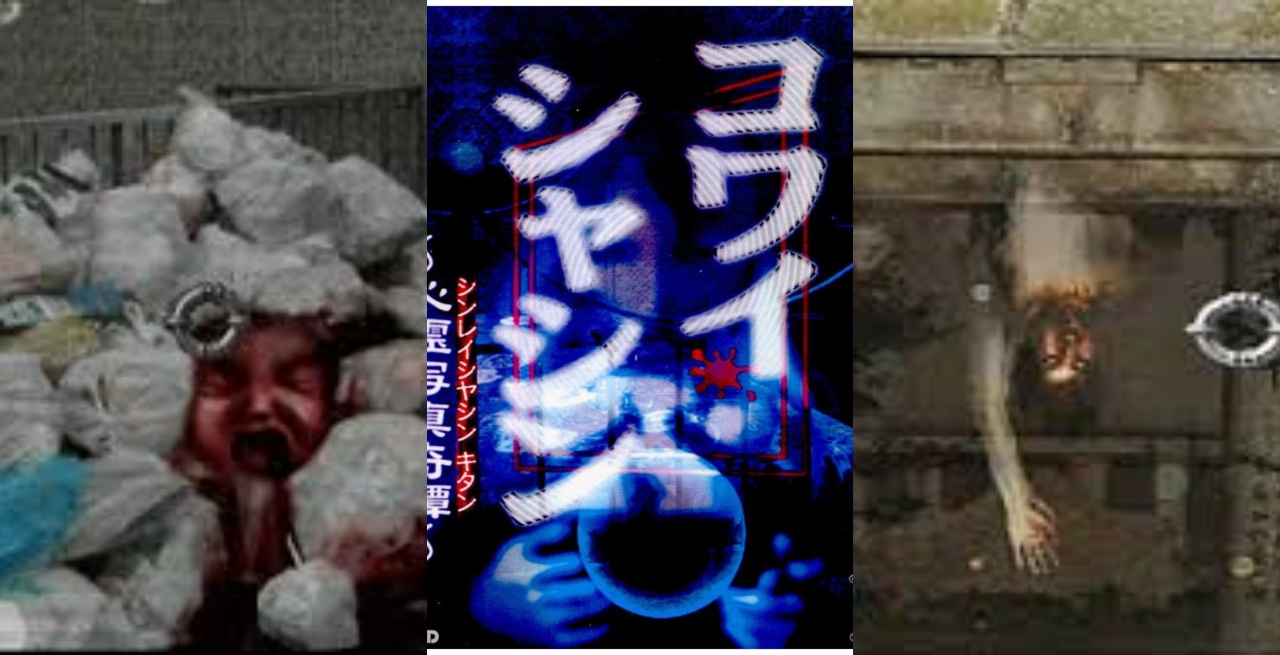
In the early 2000s, anime experienced a surge in popularity among Western audiences, marking a peculiar time for anime fans. However, as this unique form of animation gained mainstream attention, it also found itself under the scrutiny of moral panic enthusiasts. One particular target of this concern was the popular card game Yu-Gi-Oh.
In 2003, in Valparaiso, Chile, a young boy lost his life in what initially appeared to be a suicide attempt. Subsequent investigations, however, ruled against this notion and revealed that the boy’s death resulted from a bizarre accident. Only a few months later, another teen boy in the same city took his own life. During an interview, the father of the teen mentioned that his son was a devoted Yu-Gi-Oh fan, suggesting that his obsession with the game might have played a role in the tragic decision. The true motivation behind this statement remains uncertain, as grief and religious beliefs could have influenced it. However, somehow, people connected both incidents and blamed Yu-Gi-Oh for everything.

Due to the circumstances in both incidents, the idea of a card named “The Hangman” gained traction. According to the urban legend, the card’s description promised that after “13 deaths, you will revive.” Supposedly, this led both teens to believe that he would return to life with magical powers after a series of deaths.
As a Yu-Gi-Oh enthusiast myself at the time, I knew that there was no official card by that name in the game. Furthermore, the card’s supposed effects contradicted the established rules and lore of the franchise. Nevertheless, like many urban legends, the story found its way into the collective consciousness.

Over time, the original urban legend evolved and took on various forms. Some claimed that “The Hangman” card was a bootleg, while others added sinister elements, suggesting that it was created by a mysterious satanic cult. As the rumors spread, parents in different countries became increasingly concerned about the potential dangers of the game and its influence on impressionable minds. Schools in some regions even went as far as banning Yu-Gi-Oh cards. The urban legend became further distorted, with some kids falsely claiming that they knew someone who died after encountering the mysterious card. Unethical journalists were quick to exploit these claims, using them as explanations for other unrelated suicide cases.
As time passed, the popularity of Yu-Gi-Oh waned, and with it, the paranoia surrounding “The Hangman” card incident. Eventually, it became apparent that no factual basis supported the claims of the urban legend. In reality, the entire situation appeared to be a case of paranoia fueled by concerned parents and sensationalized storytelling which cheapened a real-life problem which is mental health among teens.
For more info, check out this video essay mentioning our coverage from the one and only Justin Whang below.
More Deep Dives
Hi fellow weirdos! Today we are discussing an obscure controversy that actually changed the whole Japanese adult video game industry. Dubbed “The Saori Incident” in the press, this 1991 affair… Welcome, fellow weirdos, to another captivating exploration of Japanese culture. Prepare yourselves for a spine-chilling journey as we delve into a tale filled with possessed dolls, ancient curses, and the… Hi fellow weirdos! This is Javi again, researching for you to bring you another interesting bit of Japanese media. We have previously discussed the term “Denpa,” which, according to Jisho.org,… Hello, fellow weirdos! Today, we are delving into the Kowai Shashin, a purportedly cursed Japanese video game with a fascinating marketing strategy that incorporates urban legends and exploits the naivety…Japan Deep Dive: The Saori Incident
Japan Deep Dive: Iki Ningyo, The Cursed Living Doll
Denpa Visual Novels – The Big Three Denpa Games
Japan Deep Dive: The Curse of Kowai Shashin (2002)
Hi everyone! I am Javi from the distant land of Santiago, Chile. I grew up watching horror movies on VHS tapes and cable reruns thanks to my cousins. While they kinda moved on from the genre, I am here writing about it almost daily. When I am not doing that, I enjoy reading, drawing, and collecting cute plushies (you have to balance things out. Right?)




